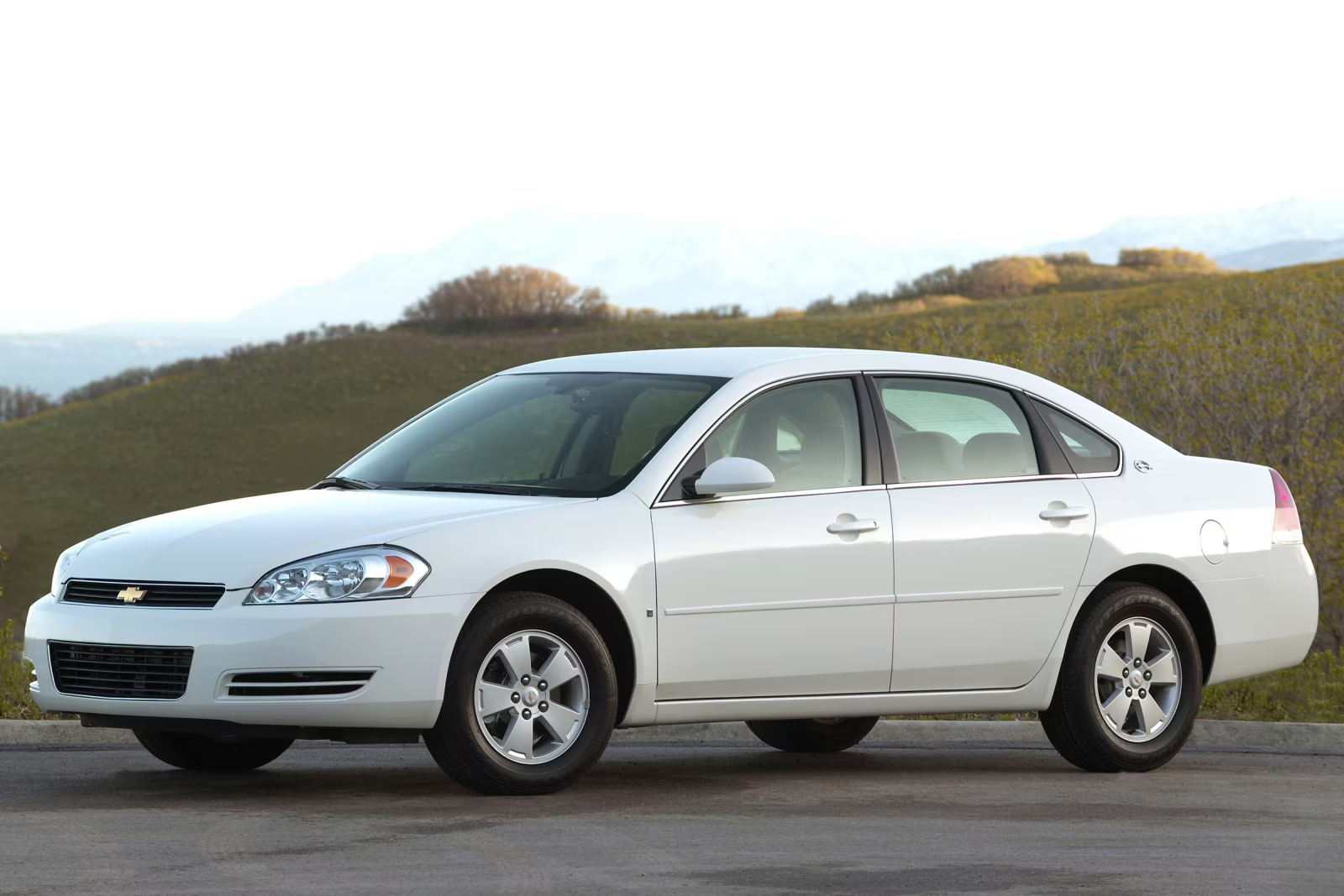When it comes to maintaining your 2007 Chevy Impala, knowing the right type of power steering fluid is essential for the smooth operation of the steering system. Using the appropriate fluid not only enhances performance but also extends the life of various components. This article will guide you through everything you need to know about power steering fluid for your Impala.
Understanding Power Steering Fluid
Power steering fluid is a hydraulic fluid that assists in steering by aiding the movement of the steering gear and other components in the steering system. The power steering system in your Chevy Impala is designed to make steering easier and more responsive, especially during low-speed maneuvers or when parking. This fluid works to pressurize the system and allow for smooth and effortless turning of the steering wheel.
There are various types of power steering fluids available, and choosing the right one is critical for the performance of your vehicle. For the 2007 Chevy Impala, it’s crucial to use a fluid that is compatible with the vehicle’s system to avoid potential damage.
The Correct Power Steering Fluid for a 2007 Chevy Impala
For the 2007 Chevy Impala, General Motors recommends using Power Steering Fluid, specifically type GM P/N 89021184 or equivalent. It’s essential to adhere to this recommendation to maintain optimal performance and to avoid any mixture issues with other types of fluid that could occur if not used correctly.
Using the recommended fluid is vital for several reasons. GM’s designated power steering fluid is specifically formulated to work with the materials and components used in the Impala’s steering system. This compatibility ensures proper lubrication and functionality, thereby extending the life of the steering system and preventing wear and tear.
When choosing power steering fluid, avoid using automatic transmission fluid (ATF) or other types of hydraulic fluids unless specified. Such fluids may not have the same properties as the recommended power steering fluid, leading to issues such as increased wear on pumps and seals, which could result in costly repairs.
Signs You Need to Change Power Steering Fluid
Regularly checking your power steering fluid is an important practice for maintaining your vehicle’s health. Over time, the power steering fluid can become dirty or contaminated, which can affect the performance of the steering system.
One common sign that you may need to change your power steering fluid is difficulty in steering. If the steering feels stiff, unresponsive, or makes unusual noises when you turn the wheel, these may indicate low or contaminated fluid. Another indication is the presence of discoloration in the fluid. Healthy power steering fluid is typically a clear red or amber color. If it appears dark, burnt, or has debris floating in it, it’s time for a change.
Additionally, if you notice any fluid leaks under your vehicle, this can signify a problem within the power steering system. If you see fluid pooling, it may be leaking from the power steering pump or hoses. Inspect the reservoir for accurate fluid levels and top off if necessary, but be ready to perform a full fluid change if the fluid appears compromised.
How to Check Your Power Steering Fluid
Checking your power steering fluid is a simple process that can be done at home. Begin by making sure your vehicle is parked on a level surface and that the engine is off. Open the hood and locate the power steering fluid reservoir, typically marked with a steering wheel symbol.
Remove the cap of the reservoir and use a dipstick, if available, to check the fluid level. Alternatively, you can look inside the reservoir to see if the fluid is within the designated Full and Low marks. If the fluid is low, add the recommended power steering fluid until it reaches the appropriate level.
When checking the fluid, take a moment to inspect its appearance. Clear, vibrant fluid indicates good health, while dark or contaminated fluid suggests a need for replacement. If you find that your fluid is low frequently, this could indicate a leak or that the fluid is being consumed, and further inspection is necessary.
How to Add Power Steering Fluid
If your power steering fluid level is low, adding fluid is a straightforward process. First, ensure you have the correct type of power steering fluid as specified for your 2007 Chevy Impala.
To add fluid, locate the power steering fluid reservoir. Clean the area around the reservoir cap to avoid any contaminants from entering the system. Remove the cap and carefully pour in the recommended power steering fluid using a funnel to avoid spills. Add fluid slowly while monitoring the level, being cautious not to overfill, as excessive fluid can lead to leaks and other issues.
Once you’ve added fluid, securely replace the cap on the reservoir. Start your vehicle and turn the steering wheel from side to side several times. This will help circulate the new fluid throughout the system. After a brief runtime, turn off the engine and recheck the fluid level, topping off as necessary.
Changing Your Power Steering Fluid
To keep your power steering system functioning optimally, it’s advised to change your power steering fluid at regular intervals. While some manufacturers recommend fluid changes every two years, it can be beneficial to check and change it more often if you notice any issues with performance.
To change the power steering fluid, start by locating the power steering reservoir and draining the old fluid. You can use a turkey baster or siphon to remove as much fluid as possible from the reservoir. Then, refill it with new power steering fluid.
Next, turn the steering wheel from side to side with the engine running to help the new fluid circulate throughout the system. This will push out any remaining old fluid from the lines. Repeat the process by draining and refilling several times until you observe clear fluid.
Finally, check for leaks around the hoses and fittings after the fluid change, and ensure the fluid level remains consistent over time.
Conclusion
Choosing the correct power steering fluid for your 2007 Chevy Impala is critical for maintaining the performance and longevity of the steering system. Always adhere to the recommended fluid specifications provided by the manufacturer to protect your vehicle’s components from potential harm. Regularly checking and, if necessary, changing the power steering fluid will ensure a smooth driving experience and prevent costly repairs in the future.
By taking simple steps to maintain your power steering system, you will enjoy better handling and a more comfortable ride in your Chevy Impala. Always keep an eye out for any signs of issues, and don’t hesitate to consult a professional mechanic if you have concerns regarding your power steering system.
FAQs
1. Can I use automatic transmission fluid in my 2007 Chevy Impala’s power steering system?
– No, it is not recommended to use automatic transmission fluid unless specified by the manufacturer. Always use the recommended GM power steering fluid to ensure compatibility and performance.
2. How often should I check my power steering fluid levels?
– It’s advisable to check your power steering fluid levels at least every few months, or more frequently if you notice any steering difficulties or fluid leaks.
3. What is the best way to determine if my power steering fluid is dirty?
– Inspect the color and clarity of the fluid. Healthy fluid is usually clear red or amber, while dark or opaque fluid with debris indicates it needs to be changed.
4. Will using the wrong power steering fluid damage my 2007 Chevy Impala?
– Yes, using an incompatible fluid can lead to increased wear on the steering components and potential failures in the system.
5. Can I mix different brands of power steering fluid?
– While it may be feasible to mix different brands, it is not advisable unless they are both the same type and conform to GM standards. For the best results, stick to the specified GM power steering fluid.



